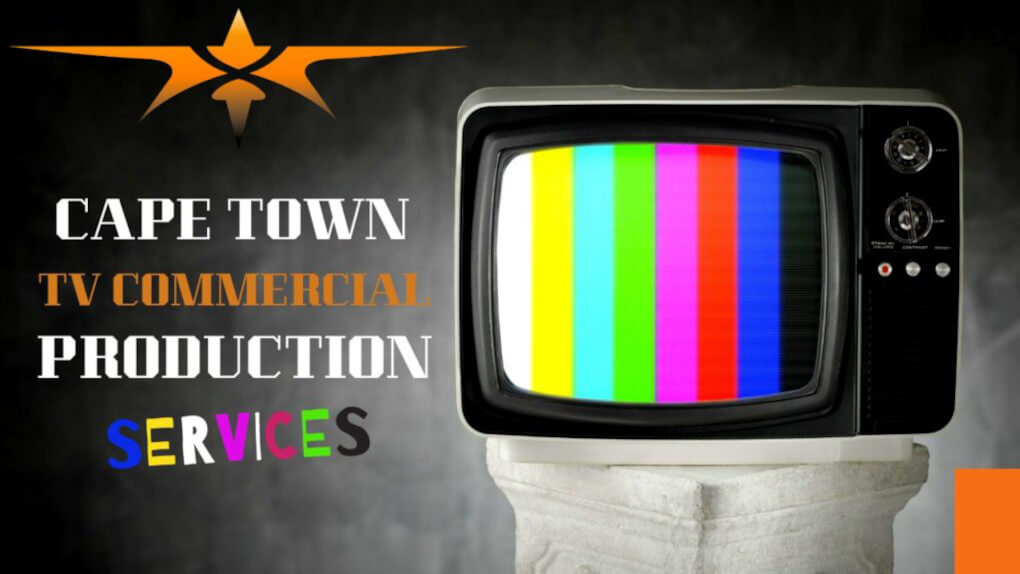Almost no two commercial productions are the same. Your choice of commercial format will depend on several factors, including the budget allocation, the duration of the commercial, and the nature of the advertised product. The three main categories are: Thirty-second spots are the smallest unit of television advertising. The 30-second commercial is the most common format for TV ads because it is effective, widely watched, and relatively cheap.
These commercials are so effective that they frequently air during peak time (and thus cost more), but they can be made on a shoestring and aired whenever you like on any channel.
How Do Commercials for Television Get Made?
Depending on the sort of commercial being made, different steps may be taken during production. While most TV commercials today are made with digital video cameras and computer software applications, there are nonetheless businesses that shoot commercials on film. However, there are a few standard procedures to follow when making any kind of TV commercial.
Budgeting and planning are the first steps in creating a commercial for television. You need to plot out your television commercial before being able to start filming it. The first step is to come up with a unique idea for the commercial, then draft a script, and finally establish a budget for the whole thing to be produced. The key phases in making a Television commercial are pre-production, production, and post-production.
Pre-Production of a TVC
Figure Out Your Goals
The goals of the TV spot can be determined in the pre-production creative meeting. At this gathering, you and your team can discuss how to best introduce the product to the people who are most likely to buy it. Creating a notion for the advertisement allows you to focus on a single idea, which in turn saves time and makes the best possible use of available resources. Once this meeting is over, the account executive or creative director from the TV production company will meet with the commercial team to discuss your objectives.
Planning, Funding, and Personnel Acquisition
The next step is to create a comprehensive budget for the entire project, from pre-production to post-production, after you’ve given the creative director the green light on his or her concepts, storyboards, and script. The process takes into account both the on-screen and off-screen performers required to bring the commercial to life. The list of required resources should include everything from permits and locations to graphics, props, music, costumes, and audiovisual gear.
Budgeting
The budget you create will look different depending on the genre of your film and the location where you plan to shoot. In certain instances, you might even be eligible to apply for public funding, so it’s a good idea to research the possibilities in the area where you intend to shoot. There are times when studios or cable networks require a specific budget structure.
Pre-production is the Time to Begin Assembling Your Cast and Crew
Simply put, you need help. More individuals will join your team as preproduction continues. While it’s important to get some individuals on board right away, others can join in as you get closer to production. Now, let’s have a look at leadership.
The Team
Investing in the crew is paramount. Oftentimes, it can eat up as much as 80% of your total spending plan. Different kinds of crew members will be needed depending on the scope of the production, but you’ll need to locate a few individuals to have on board early on because problems will arise even in pre-production. Having a Line Producer, UPM, and First AD on hand will be crucial for coordinating all of the moving parts of the production.
The Production Stage of a TVC
During the production phase of making a TV commercial, the actual recording takes place. Making use of the set’s shooting script and the shot list, the director orchestrates the production. Many takes are given by the actors for each line of dialogue and each scene.
When the final product has been disseminated and everyone involved is happy with and excited about the outcome, shooting can begin. Typically, the client does not participate in the shoot themselves. Both the expert operator of the camera and the performers in the spotlight are left to handle this. If the client approves the final product in the revision meeting, the manufacturing process as a whole should go off without a hitch. Here, trust plays a crucial role in marketing. The client can rest easy knowing that the marketing and production staff will do their best to stay within their budget and stay true to the agreed-upon storyboard.
Depending on the endorsed final product and any necessary corrections or reshoots, the production time for a television commercial can range from a single day to an entire year. The duration of the shoot itself can range from a single day to several weeks. Like a skeleton crew, a large entourage is not required. While this may be part of the advertising industry that gets the most attention, getting to the final product can be a long and tedious process as the Director works to achieve the desired aesthetic.
The Post Production Stage
Post-production is a crucial stage in the creation of a TVC (Television Commercial). This is where all the pieces of the puzzle come together, and the final product takes shape. In post-production, the raw footage is edited, and the sound and visual effects are added to create a polished and professional result. The first step in post-production is editing the footage. This involves selecting the best takes, cutting out any mistakes or unwanted footage, and arranging the shots to tell a compelling story. Once the footage is edited, the sound team steps in to add sound effects, music, and dialogue to enhance the overall impact of the TVC.
Visual effects, such as color grading and animation, are also added at this stage to give the TVC a polished and professional look. The final step in post-production is to deliver the TVC in the required format, which can vary depending on the platform it will be aired on. Post-production is a collaborative process that requires coordination between the director, editor, sound designer, and visual effects team to ensure that the final product meets the client’s expectations and communicates the intended message effectively.
The post-production process consists of editing, dubbing, and music scoring, all of which will happen after the shoot is completed. These aspects of the job should have been approved by the client before production began. The customer’s preferred genre of music will have been selected with their brand in mind. Don’t hold back when making a TV commercial. It’s a good idea to complement your television commercial with other forms of advertising. Use all available channels to generate excitement for your exceptional branding campaign.
Creating a television commercial involves a multitude of stages, from pre-production planning to post-production polishing. Each stage plays a crucial role in bringing the TVC to life, and the success of the final product depends on the coordination and expertise of the creative team. The pre-production stage sets the foundation for the TVC, with careful planning and preparation ensuring that the production runs smoothly. The production stage is where the real action happens, with the director and crew bringing the concept to life through careful cinematography and lighting.
Finally, post-production is where all the pieces come together, with editing, sound design, and visual effects adding the final touches to the TVC. By understanding the various stages involved in creating a television commercial, clients can have a better appreciation of the creative process and the effort that goes into producing a successful campaign. A well-executed TVC can have a significant impact on an audience, and with careful planning, production, and post-production, the creative team can deliver a message that resonates and inspires action. Click here to find the assistance you need for your TVC from pre-production through to post-production.

